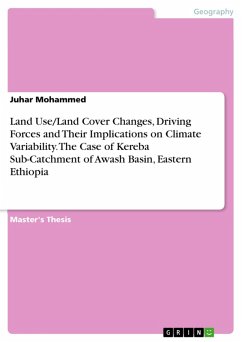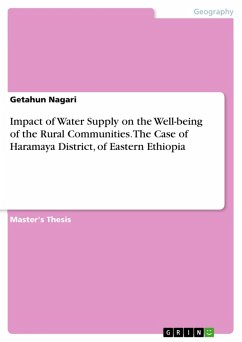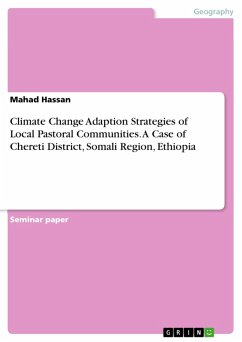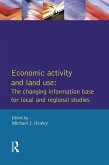Master's Thesis from the year 2021 in the subject Geography / Earth Science - Physical Geography, Geomorphology, Environmental Studies, Haramaya University, language: English, abstract: Land-use/land-cover change is a major issue of global environmental change. This study was aimed to investigate LULCC, driving forces, and their implications on climate variability in the case of Kereba Sub-Catchment of Awash Basin, Eastern Ethiopia from 1999 to 2019. Satellite image data were downloaded from the USGS websites. Gridded temperature and rainfall data were obtained from the NMSA of Ethiopia. Also, FGD, KII, and field observation were used to address drivers of LULCC. Google Earth and Global Positioning System were employed for ground verification. The maximum likelihood supervised classification method was used to classify LU/LC types, NDVI and LST using ERDAS imagine 2015 and ArcGIS 10.3 software. Coefficient of Variation, Precipitation Concentration Index, and the moving average was used to analyze temperature and rainfall data. Regression analysis/Correlation coefficient was used to signify the association of LULCC and NDVI with climate variables. Landsat image of the study area was classified into agricultural land, forest land, grazing land, settlement, and shrub land.
Dieser Download kann aus rechtlichen Gründen nur mit Rechnungsadresse in A, B, BG, CY, CZ, D, DK, EW, E, FIN, F, GR, HR, H, IRL, I, LT, L, LR, M, NL, PL, P, R, S, SLO, SK ausgeliefert werden.









